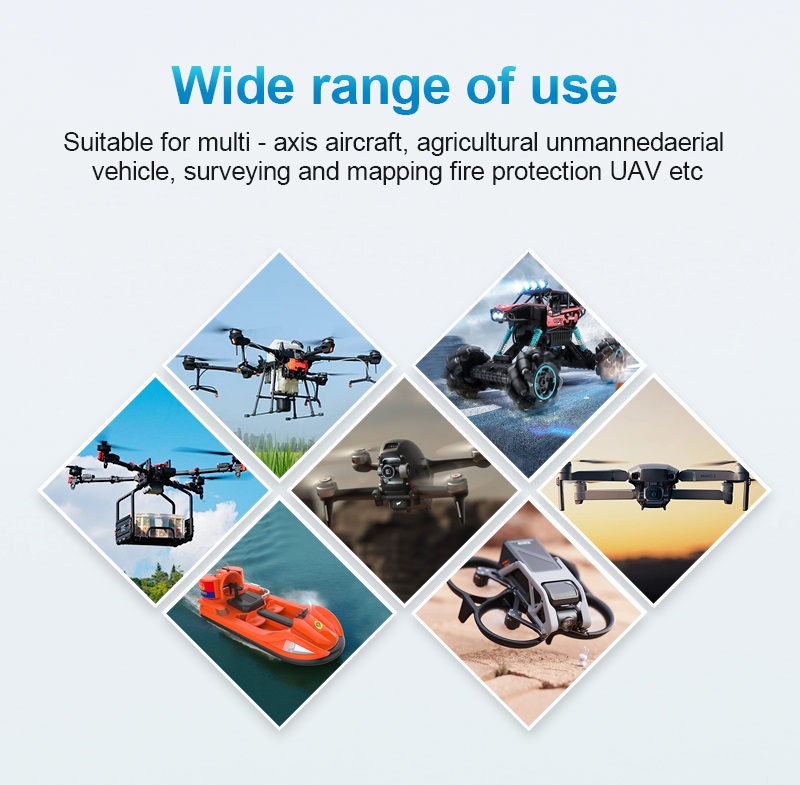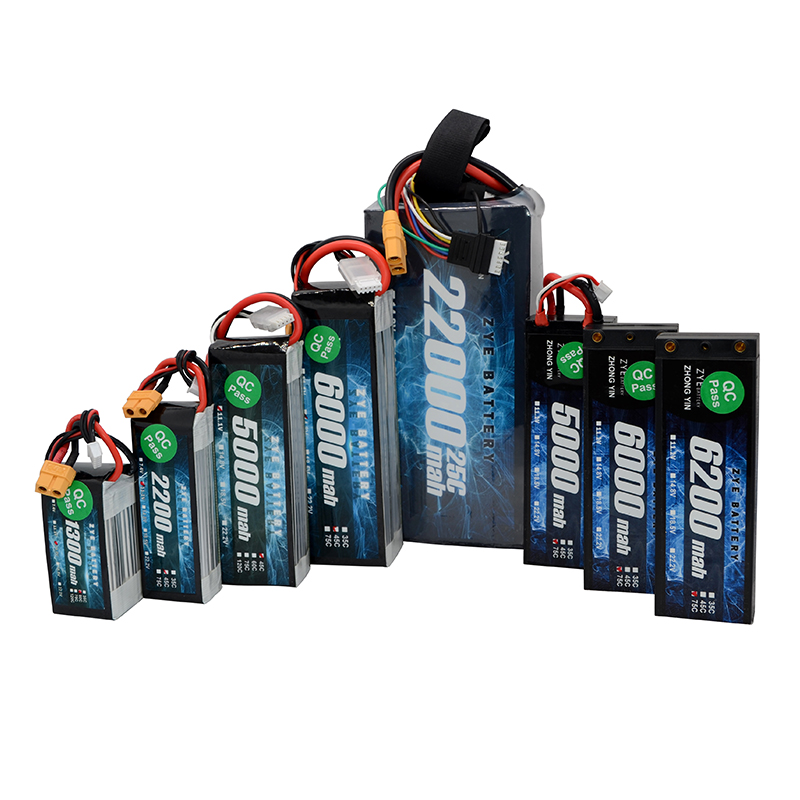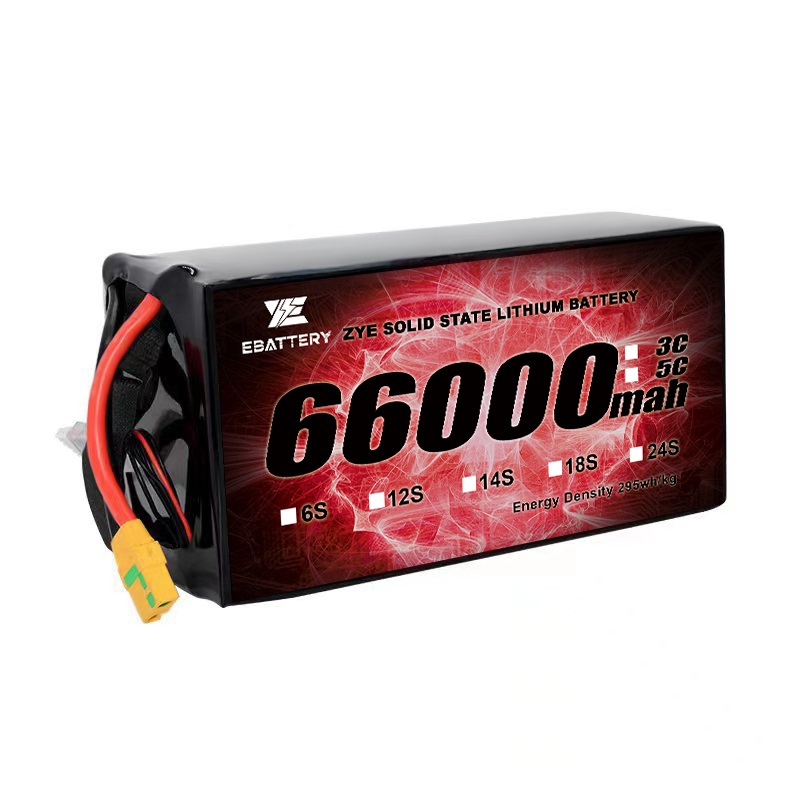How to read the battery specification table of a drone?
2025-09-29
Understanding drone battery specifications is crucial for maximizing your flight experience. Knowing how to interpret battery labels can help you choose the right power source for your needs.
In this article, we'll demystify key specifications and show you how to calculate your drone's flight time.

Before we dive into decoding battery labels, let's break down the three most important specifications you'll encounter:
Voltage (V): Must match your drone's motors
Meaning: The voltage output of the battery, determining whether the motor can start properly. Unit: Volts (V).
Capacity (mAh): The fuel tank of your drone battery
Meaning: The amount of electrical energy the battery can store. Unit: Milliampere-hours (mAh). Higher values theoretically mean longer flight times.
C-rate: The battery's power delivery capability
Meaning: The C-rate indicates the safe discharge rate of the battery.
Energy (Wh): Determines compliance while balancing endurance and portability
Meaning: Actual usable energy, calculated as Voltage (V) × Capacity (Ah)
Cycle Life (cycles): Assesses usage cost
Meaning: One charge/discharge cycle constitutes one cycle. Replacement is needed when capacity drops below 80% of initial capacity after cycles;
Environmental Parameters: Prevent “forced use in low temperatures, swelling in high temperatures”
The “Operating Temperature” at the end of the specification table is a crucial yet often overlooked detail:
Standard Battery: 0°C–45°C (Winter cold accelerates power loss; summer heat causes swelling)
Low-Temperature Battery: -20°C–50°C (Required for northern winters and high-altitude operations; includes preheating function)
Moisture Resistance Rating: For outdoor use, select “IP54 or higher” (protects against rain, dust, and safeguards internal circuits).
Additional information you might find
Some labels may include extra details:
Weight: Important for calculating your drone's all-up weight
Dimensions: Ensures the battery fits your drone's compartment
Burst C-rating: Maximum discharge rate for short durations
Balance plug type: Indicates compatibility with chargers
The basic flight time formula
A simple formula to estimate flight time is: Flight Time (minutes) = (Battery Capacity in mAh x 60x 0.8) / (Average Current Draw in mA)
Factors affecting actual flight time
1.Wind conditions: Stronger winds increase power consumption
2. Flying style: Aggressive maneuvers drain the battery faster
3. Payload: Additional weight reduces flight time
4. Temperature: Extreme cold or heat can affect battery efficiency
5. Battery age: Older batteries may not hold their charge as well
The importance of battery management
Proper battery management is crucial for both safety and longevity. Always follow these guidelines:
1. Never discharge LiPo batteries below 3.0V per cell
2. Use a balanced charger to ensure all cells are charged evenly
3. Store batteries at about 50% charge when not in use for extended periods
4. Inspect batteries regularly for signs of damage or swelling
Summary: 3 Steps to Quickly Select the Right Battery
First, match “Model + Voltage”: Ensure connector and voltage compatibility to prevent device damage.
Next, check “Wh + Cycle Life”: Choose endurance (Wh) based on needs and lifespan (cycle count) based on budget.
Finally, check “C-rate + Temperature”: Choose high C-rate for heavy loads; select appropriate temperature range for special environments.
Mastering specification sheets not only helps you select compatible batteries but also prevents flight failures caused by parameter mismatches, making drone operations safer and more efficient.
























































